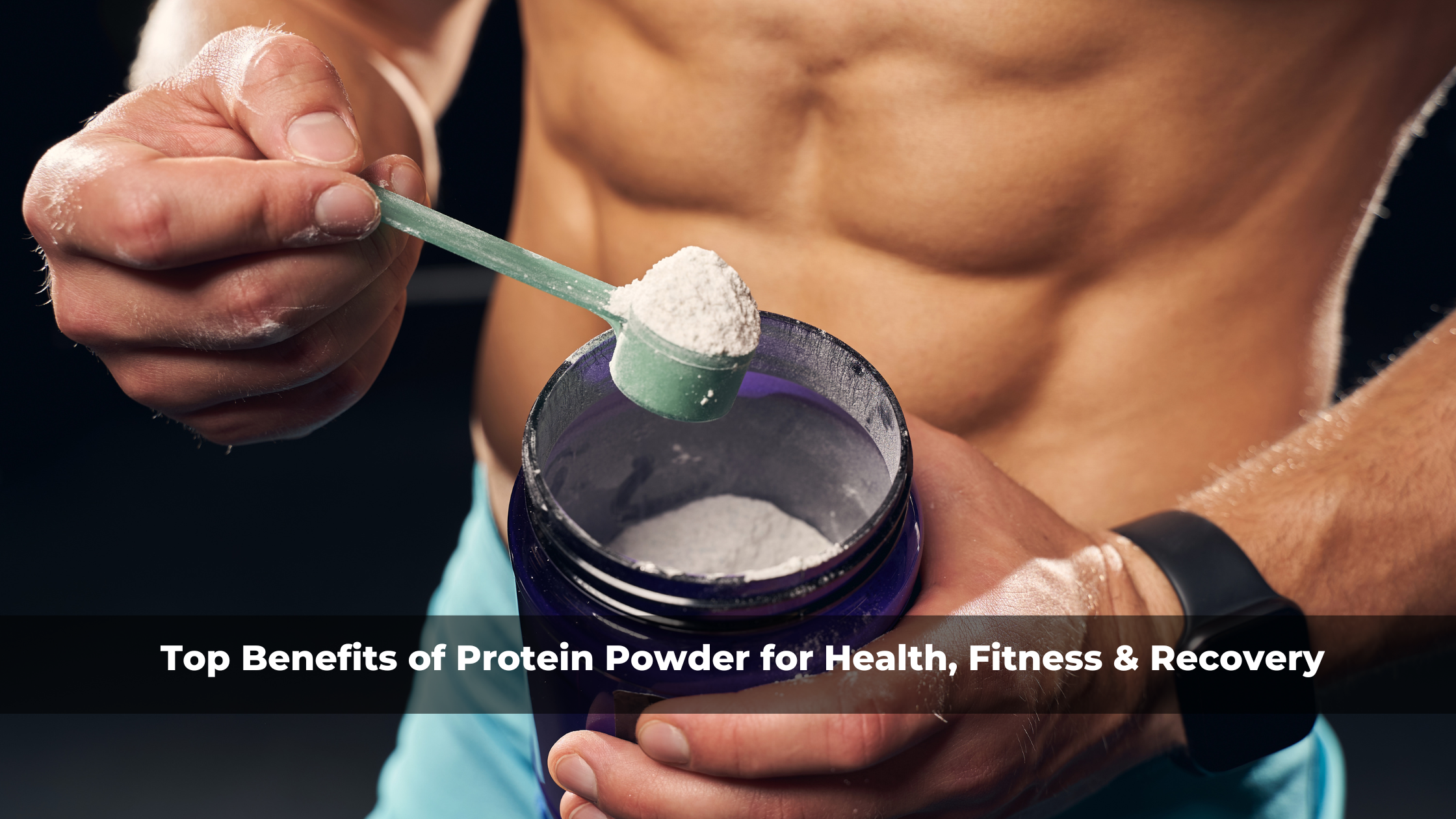Why India Struggles to Embrace Whey Protein in Fitness Culture

Strong 8k brings an ultra-HD IPTV experience to your living room and your pocket.
India is home to over 1.4 billion people, yet the number of whey protein users in India remains shockingly low—estimated at just around 30 lakh active consumers. Compared to Western countries where gym culture is a lifestyle and protein supplementation is the norm, India's nutritional supplement scene is still in its early stages. But why is this the case?
✍️ Body transformations require consistency. By learning about whey protein, you’ll see how it supports sustainable progress whether your goal is bulking, cutting, or general wellness.
This article dives deep into the cultural, economic, and educational barriers holding back the whey protein market in India, and what could change in the coming years.
The Current State of Whey Protein Adoption in India
According to data from fitness research platforms and industry analysts, fewer than 3% of Indian adults regularly use protein supplements. The numbers are even lower for tier-2 and rural populations.
In comparison, over 20% of US adults consume protein powders or bars as part of their daily nutrition routine (source: Business Insider).
Despite growing fitness awareness in India, the use of whey protein powders is still seen as a niche activity restricted to bodybuilders or professional athletes.
Factors That Limit Whey Protein Consumption in India
1. Cultural Dietary Preferences
India's traditional vegetarian-heavy diet has always leaned toward plant-based proteins like lentils, paneer, and legumes. The idea of consuming protein from a powder feels unnatural to many.
2. Lack of Education Around Protein Needs
Many Indians still don't understand the daily protein requirements for their body. According to the Indian Council of Medical Research (ICMR), the average Indian consumes far less protein than needed.
3. Mistrust in Supplements
With the influx of counterfeit, under-dosed, or mislabeled products, the supplement industry in India suffers from a credibility gap. Consumers fear side effects, banned substances, or getting scammed.
4. Cost Barriers
High-quality whey protein supplements can be expensive. For many middle-income households, it's still seen as a luxury rather than a necessity.
The Slow Rise of Gym Culture in India
The number of gym-goers in India is increasing, especially among millennials and Gen Z. Tier-1 cities have seen a spike in gym franchises and boutique fitness studios. However, this progress hasn't yet translated into widespread adoption of sports nutrition.
Even those who go to the gym regularly often rely on food alone and avoid supplements, either due to budget constraints or misinformation.
Potential for Growth in the Whey Protein Segment
Despite the limitations, the Indian whey protein market is projected to grow at a CAGR of over 8% between 2024–2028, driven by:
A rising number of fitness influencers on platforms like Instagram and YouTube.
Health issues like obesity, PCOS, and diabetes driving demand for high-protein diets.
Increased urbanization and busy lifestyles making convenience nutrition more attractive.
What Needs to Change?
1. Better Label Transparency
Consumers want to know what they're putting into their bodies. Brands must provide clearer labeling, backed by third-party lab testing.
2. Affordable, Accessible Options
Mass market growth can only happen when whey protein becomes affordable for the average Indian. Sachets, sample packs, and small jars can help reach more people.
3. Education Through Influencers and Institutions
Gyms, schools, colleges, and health coaches should work together to promote protein literacy in India.
4. Government Regulation and Standards
The Food Safety and Standards Authority of India (FSSAI) needs to enforce stricter rules on supplement quality to rebuild trust in the market.
Common Myths Around Whey Protein in India
"Whey protein is only for bodybuilders." — False. It's for anyone with increased protein needs.
"It damages kidneys." — Not true for healthy individuals when consumed within limits.
"Natural food is enough." — Often not in high-activity or vegetarian diets lacking in complete proteins.
How Whey Protein Can Improve Daily Indian Diets
Complements vegetarian meals lacking complete amino acid profiles.
Helps build and retain muscle, especially in aging populations.
Aids weight loss and improves satiety, supporting fat loss goals.
Supports recovery post-exercise and boosts overall stamina.
Frequently Asked Questions (FAQ)
Q1: Is whey protein suitable for vegetarians in India?
Yes. Whey protein is derived from milk and is 100% vegetarian.
Q2: Are cheap whey protein brands reliable?
Many low-cost options compromise on purity. Always check for certifications and lab reports.
Q3: Can I take whey protein without going to the gym?
Absolutely. Even sedentary or moderately active individuals can benefit from balanced protein intake.
Q4: Is plant protein better than whey protein?
Both have benefits. Whey protein has higher bioavailability, making it more effective for muscle synthesis.
Q5: How can I know if a protein powder is fake?
Check packaging for typos, FSSAI number, lab reports, and verify seller credibility.
Resources
Indian Diet and Protein Deficiency – NIN India
Global Supplement Usage Trends – Business Insider
Fitness Industry Growth Stats – Statista
Conclusion
India may be late to the whey protein revolution, but the opportunity is undeniable. With more awareness, better products, and accessible education, the country can unlock the benefits of a high-protein lifestyle. Bridging the knowledge and trust gap is the first step. The question is not whether India will catch up—but how fast.
If you're looking to understand, compare, or explore more about protein supplements in India, follow our blog for in-depth guides and evidence-based content.
Note: IndiBlogHub features both user-submitted and editorial content. We do not verify third-party contributions. Read our Disclaimer and Privacy Policyfor details.







